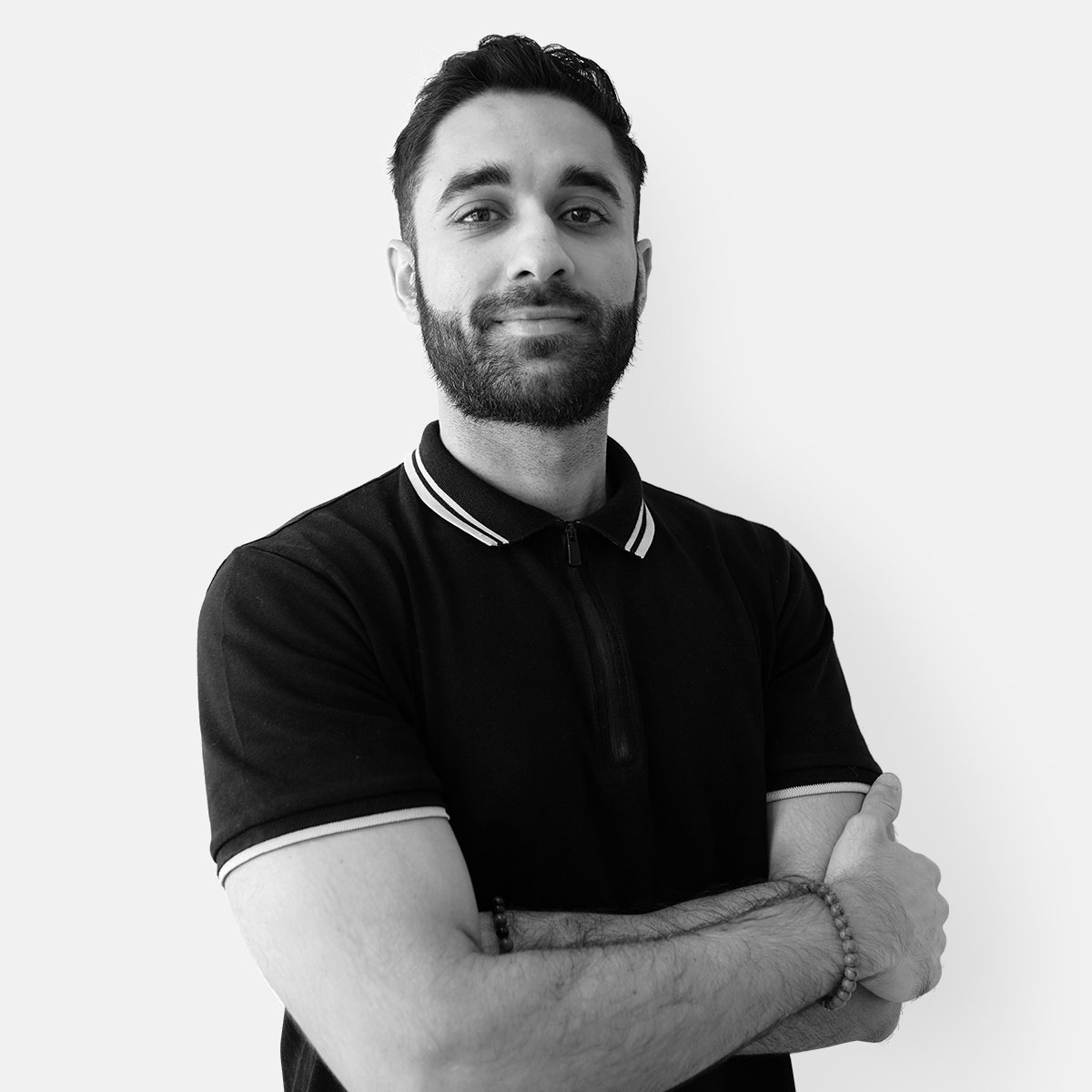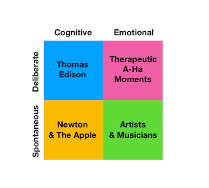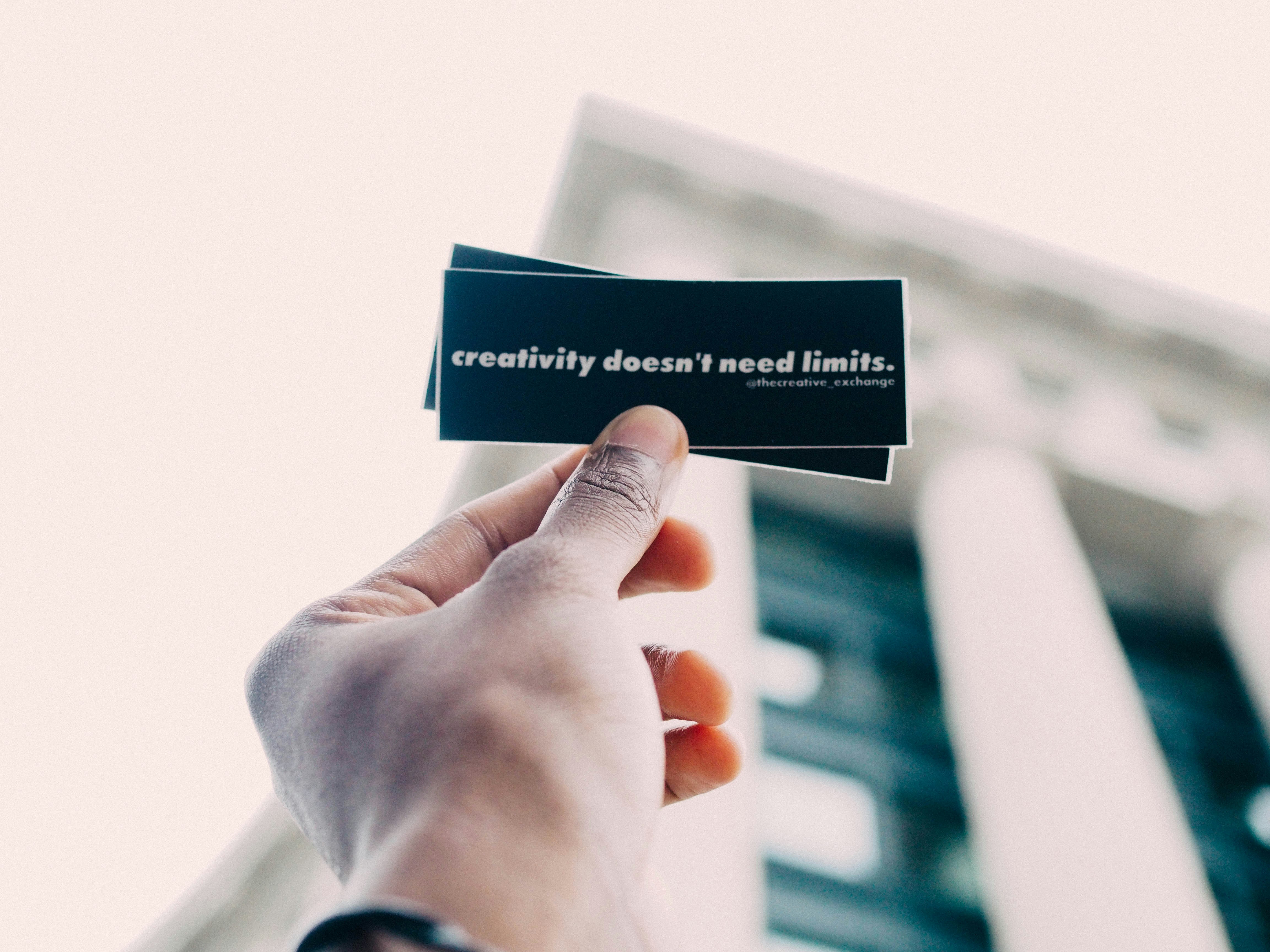With a background in Economics, Business Management, and Math, I was never one to embrace the idea of creativity… until I discovered behavioral economics. Whenever I felt like I couldn’t apply economics beyond theoretical scenarios, I would blend it with creative intelligence, which involves the following four ways of creative thinking. That's when I began to find the sweet spot.
And that's where my passion for advertising started.
I discovered that creativity isn’t confined to one particular approach; it knows no bounds and can be shaped in various forms to produce better outcomes.
That’s why I decided to pursue a career as a strategist. Being a strategist allows you to forge a path that integrates people, business, and creativity in your own unique way, empowering you to make a difference.

In the image above: Inaan Budhiraja, Senior Manager – Strategy & Insights at Publicis Groupe
The importance of creativity
Change is a constant in life, and the capability to adapt and generate creative solutions is essential for success. Whether confronted with a personal challenge or a professional one, creativity can guide you toward a solution. Therefore, creativity stands as one of the most valuable skills for the future, alongside other traits such as agility and adaptability. Without creativity and the ability to adjust to change, your business is vulnerable.
After all, “Creativity is the language we use to communicate the urgency of our dreams for a better future.” And that's why we've heard and continue to hear voices and echoes around the globe proclaiming that creativity is the future, with the bar constantly being raised.

During my tenure at Publicis Groupe, I’ve always aimed to integrate creativity and efficiency, as great creative thinking is worthless if it doesn’t lead to a desired output. And that’s something we all strive for here at the Group.
But, how does it lead to a better future?
The power of creativity for the future
Let’s take a look at the UK in 2024. 16-29-year-olds are more likely to feel anxious, with 18.6 workdays being lost due to depression and anxiety. Furthermore, if we look at countries like Germany, South Africa, Sweden, or the United States of America, all of which had at least 1/3 of the population experiencing anxiety or depression by the end of 2023.
So why am I listing these statistics for you? It's because there are no signs of a slowdown. According to the WHO, 50% of depression and anxiety problems start by age 14, and 75% start by age 24. With a median population of less than 30 years in most parts of the Middle East, this poses a serious threat to the future of the region.
The Journal of Positive Psychology stated that "spending time on creative goals during the day is associated with higher activated positive affect." Through the application of our creativity, we have the opportunity to engage in the practice of releasing and relinquishing elements that might pose a threat to our mental, emotional, spiritual, and physical well-being.
This is because creativity can put us in a flow state, meaning we become focused with optimal attention on a task or activity, it's also referred to as being "in the zone." When we are in the zone, we experience euphoria, eventually becoming mindful of our surroundings and feeling a lot more relaxed. This flow state in creativity encourages optimism and cultivates a sense of accomplishment.
Creativity isn’t just a skill, it’s a necessity for a better future
Practicing creativity is a wellness exercise, similar to having a healthy diet and a steady workout routine. Even if we do not think of ourselves as artists or creative innovators, we all have a varying amount of energy, intelligence, and discipline to expand on our ability to express ourselves and be creative.
As we cultivate our imaginative skills, our capacity to convey thoughts without relying solely on verbal language improves. This practice not only enables us to communicate more effectively but also serves as a means to turn inward amidst the chaos of the world around us. Therefore, we need to speed up the progress of creativity for it to flourish across societies and the globe, which can done through 4 types of creative thinking processes:
Convergent thinking: The type of logical, analytical thinking commonly linked with intelligence is called convergence thinking. It involves breaking down a problem into its parts and systematically addressing each part.
Divergent thinking: Divergent thinking means thinking creatively and freely, beyond conventional boundaries. It involves coming up with unusual and surprising ideas and connecting different thoughts together.
Associative thinking: Associative thinking is when you link unrelated things together.
Synthetic thinking: Synthetic thinking involves combining ideas or things to make something new.
Furthermore, when Brunel University decided to study the effects of creativity on a group of people with chronic or episodic depression, the findings were overwhelmingly positive. The study found creative activity to be enhancing self-esteem, empowerment, and control.
Hence, we must all be more creative. So, try ditching your screens sometime and maybe work on that idea you’ve always dreamt of bringing to life. You don’t know who you might be inspiring next.
Do it for yourself, and your surroundings will eventually start empathizing with your intentions.
Better creativity doesn’t just improve the work you do, it enhances the quality of life in a complex world.
Sources:






